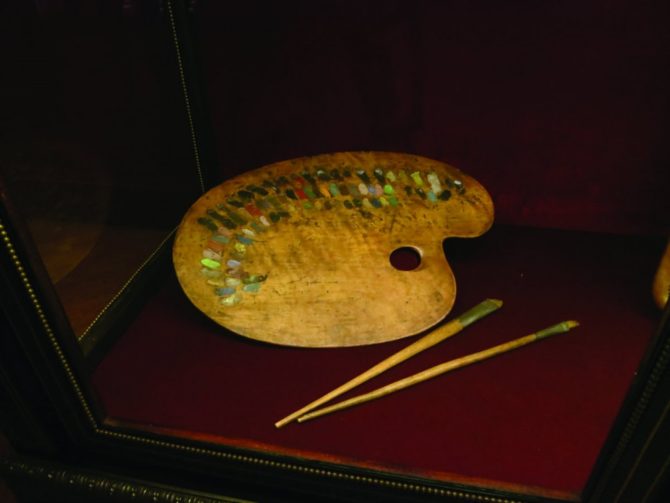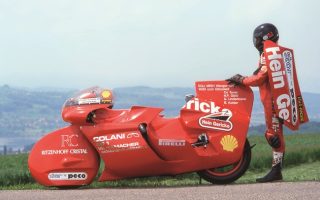The Master’s Inner Sanctum

On the Left Bank of Paris, just behind the church of Saint-Germain-des-Prés and its bustling boulevard, sits a quiet museum which is managed by the Louvre. Situated in an unassuming courtyard, it is dedicated to the leader of the French Romantics and the precursor to the Impressionists, Eugène Delacroix, who is perhaps best known for his emblematic painting, Liberty Leading the People (1830). This quiet sanctuary occupies the home where Delacroix spent the final years of his life and its adjoining studio.
The Musée National Eugène Delacroix doesn’t house Delacroix’s most iconic works, which are now scattered around the world’s top museums, but rather it tells the story of how they came to be created. After Delacroix’s death, over 8,000 drawings were found in his courtyard home. Unsurprisingly, his atelier is a powerful year-round draw for art lovers, but now is a particularly good time to visit. The reason essentially lies with a ‘play in three acts’, one which started with Adolphe Moreau, a contemporary of Delacroix who, recognising the quality of his drawings and paintings, started to collect the work.
Moreau’s son, also named Adolphe, shared his interest in Delacroix and continued the collection. In 1873, Adolphe fils was the first to attempt a catalogue raisonné of Delacroix’s work.
Later, Moreau’s grandson Étienne, himself a painter, continued his forebears’ collection, gathering Delacroix’s sketches and their accompanying documents for what was to become one of the most important collections of his work in the world. Subsequently, the Moreaus’ collection became one of the greatest-ever donations made to the Louvre.
A temporary exhibition of the Moreau collection, running at the museum until March 17, places the sketches side-by-side with studies and finished paintings, retracing the events which shaped the interests of the great painter and informed his subjects, such as his favourite exotic cultures and faraway places. In 1832 Delacroix was invited to take part in a diplomatic mission to Morocco which lasted several months.
Whenever he had any time away from engagement, he loved to ride his horse deep into the countryside and record what he saw – the landscapes, the people, their manner of dress and their homes. These vivid, striking scenes, which must have felt so foreign at the time, have now been reacquainted with his letters, studies and paintings, in the same space where they were first conceived, and reunited with the artist’s palette, his painting box, and his brushes.
Tip: Should the weather allow, set aside some time to take the weight off your feet in the tranquil walled gardens and contemplate the wonder which surrounds you.
Delacroix en Heritage, until March 17. Musée National Eugène Delacroix, 6 rue Furstenberg, 75006, Paris. Tel: +33 1 44 41 86 50. Daily 9 a.m.- 5 p.m. Tickets are 5 euros, and Louvre tickets give access to the Delacroix museum on the same day.
Share to: Facebook Twitter LinkedIn Email
Leave a reply
Your email address will not be published. Required fields are marked *



